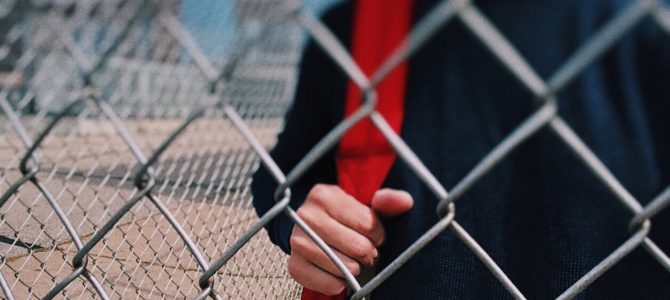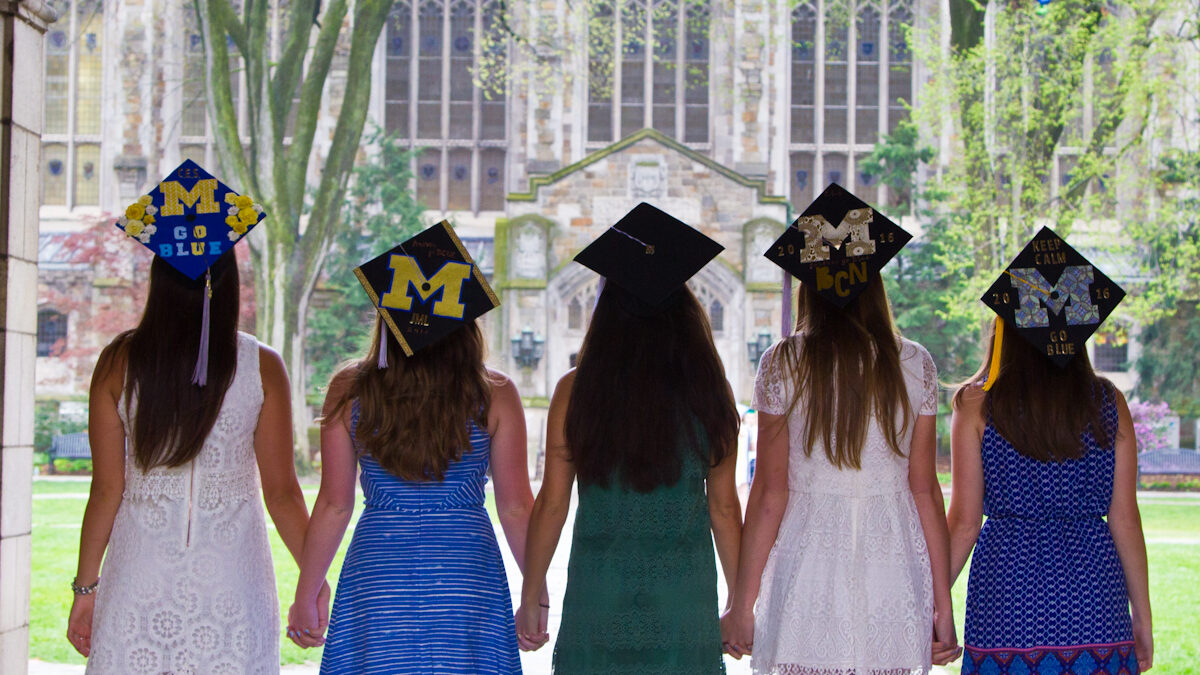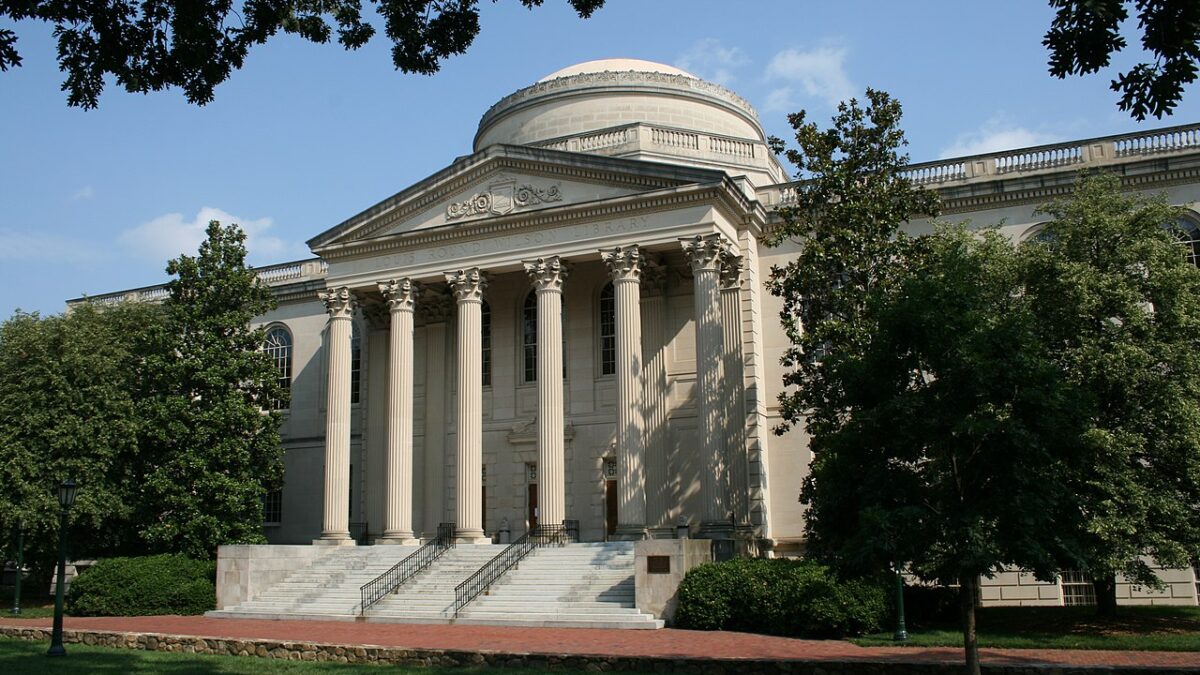
When The New York Times first broke the news that Trump’s Department of Justice is going to examine “race-based discrimination” in college admissions, the Times mischaracterized (probably intentionally) the DOJ’s effort as aiming to protect white applicants.
Although later in the same report, the Times admitted that the leaked DOJ’s document didn’t specify which race it considered at the risk of discrimination as the result of affirmative action admission policies, the DOJ quickly debunked the Times’ false narrative by saying it was responding to a lawsuit filed in 2015 regarding allegations of discrimination against Asian Americans in several universities admissions’ practices. Even the Times had to concede that the latest battle of affirmative action doesn’t fit their narrative of “whites” against all differently colored people. Yes, Asians, as the Times discovered, are “the new focus of the affirmative action battle.”
What the liberal media and political pundits considered “new” is actually old news in the Asian community. From the 19th to the early 20th century, most Asian Americans were poor and low-skilled laborers who were frequently discriminated against because of their unique cultures, languages, living habits, dress codes, and especially their willingness to take on “dirty” jobs for less. Rather than asking the government for handouts or special favors, the Asian community recognized early on that educational attainment is the road to the American dream. Not surprisingly, the numbers speak for themselves: the Pew Research Center’s latest report shows that Asian Americans lead all other ethnic groups in education and income. For example, 49 percent of Asians have a bachelor degree or higher, while 28 percent of the general population in the U.S. have a bachelor degree or higher.
Asian Americans as a group are very diverse, and they can “trace their roots to any of dozens of countries in the Far East, Southeast Asia, and the Indian subcontinent.” Asian is also the fastest-growing racial group in the United States: they passed Hispanics as the largest group of new immigrants to the United States in 2010.
With a growing population, more Asians are applying for college. But the rising proportions of Asian Americans in applicant pools are not fully reflected in the composition of freshman classes in elite colleges, thanks to the affirmative action in college admission.
The History Of Affirmative Action In Universities
Affirmative action in college admission can trace its origin to the Title IV of the Civil Rights Act of 1964, which made it illegal for any programs receiving federal financial assistance to discriminate on the basis of race, color, national origin, religion, or sex. Consequently, all public universities in the U.S. were banned from denying students on the basis of race. In response, many public universities adopted a quota system to create more opportunities for historically under-represented groups, i.e. African Americans and Hispanics.
Although it wasn’t written anywhere, almost everyone understood that the special treatment of college admission created by affirmative action doesn’t apply to Asian Americans because Asians have already been well-represented on college campuses on their own. While this unwritten rule is problematic, the Asian community largely accepted it. Asian Americans responded the only way they know how: pushing Asian students to study harder, score higher and do more extracurricular activities in order to have an equal chance at college admission, especially to elite colleges.
The racial quota system in college administration was quickly challenged in the Regents of the University of California v. Bakkee case in 1978. Allan Bakke, a white male, applied to the University of California-Davis Medical School and was denied. When Bakke found out that the school set aside 16 seats out of 100 available spots for specific minority applicants and established separate admissions criteria for them, Bakke filed suit against the school.
Although in the end the Supreme Court ruled that a university’s use of racial “quotas” in its admissions process was unconstitutional, it also affirmed that race could be one of many factors in admissions decisions in order to fix historical discrimination against certain racial groups. So the Bakke case basically established the norm of how affirmative action is applied in college admissions since 1978. Colleges get away from legal challenges to their affirmative action based admission policies as long as they can prove that race is one of several factors in their admission process, even if race counts as a significant factor. Thus, in the last two cases that challenged affirmative action in college admission—Grutter v. Bollinger (2003) and Fisher v. University of Texas-Austin (2016)—both colleges were able to sustain their affirmative action practice.
Affirmative Action Is a Cure that Perpetuates the Disease
Affirmative action was intended to correct a historical wrong, yet its unintended consequence is to create a bamboo ceiling for how many Asian students colleges, especially elite colleges, will admit. Knowing affirmative action doesn’t apply to them, Asian students keep pushing themselves harder.
Not many people, including many Asians themselves, knew how hard they had to work until Princeton University published a study, titled “Admission Preferences for Minority Students, Athletes, and Legacies at Elite Universities.” The study uses the term “bonus” to describe how many extra SAT points an applicant’s race is worth. The study shows African Americans received a “bonus” of 230 points, and Hispanics received a bonus of 185 points. But if you are Asians, 50 points were deducted. So for an Asian kid to have a shot at an elite college, his/her SAT scores has to be several hundred points higher to make up for the penalty of being Asian. Obviously, Asian kids are punished for their successes.
Yes, we all understand that a high SAT score isn’t enough because colleges claim they take a “holistic” approach to select their freshman class. So Asian students have been advised to appear “less Asian” on their college applications. College consultants tell anxious Asian students that if you have a high test score, high GPA, play one or more musical instruments, and don’t play football, you will appear “too Asian” on your college application. So how can Asian students deemphasize their “Asianness?” They are told not to mention their immigrant story; instead of saying they like science, say they like social science; instead of playing a music instrument, join a theater group. Some Asian youths who have one non-Asian parent now choose not to check “Asian” as their race on their college applications, hoping to avoid discrimination.
However, it seems no matter how hard Asian students try, that bamboo ceiling refuses to crack. According to The New York Times, “In 2008, over half of all applicants to Harvard with exceptionally high SAT scores were Asian, yet they made up only 17 percent of the entering class… Asians are the fastest-growing racial group in America, but their proportion of Harvard undergraduates has been flat for two decades.” No wonder there’s growing angst within the Asian community—because for many of them, education is the only way to realize their American dream. If no matter how hard you work, there’s a constant barrier to limit how far you can go, is America still a meritocratic society?
‘The Model Minority Is Losing Patience’
Enough is enough. As The Economist wrote, the “model minority is losing patience.” After Harvard rejected his son, who had near-perfect ACT and SAT scores, a 4.44 grade-point average, was named class valedictorian, and served as captain of the varsity tennis team, Joe Zhou joined Students for Fair Admissions and sued Harvard and UNC Chapel Hill, claiming that their admissions policies unfairly discriminate against Asian students.
A year later, a group of 64 Asian-American organizations filed a similar discrimination complaint against Harvard to the Department of Education. Under President Obama, both the DOJ and DOE chose to do nothing about it. It must have driven liberals crazy that Asians are fighting back against affirmative action, which destroys the liberals’ social justice and racial justice narrative.
Unfortunately, Republicans in the past have largely (and cowardly) remained silent on this issue too. That is why many Asians, including myself, are glad that that the Trump’s DOJ is preparing to do something about it. The spirit of the Civil Rights Act of 1964 is to legally protect every American from being discriminated against on the basis of race, color, national origin, religion, or sex—so that all of us can be treated fairly and advance through life on our own merit.
Affirmative action in college admissions is unfair, un-American, and clearly violates the spirit of the Civil Rights Act. It’s time to crack—no, to smash this bamboo ceiling once and for all.









